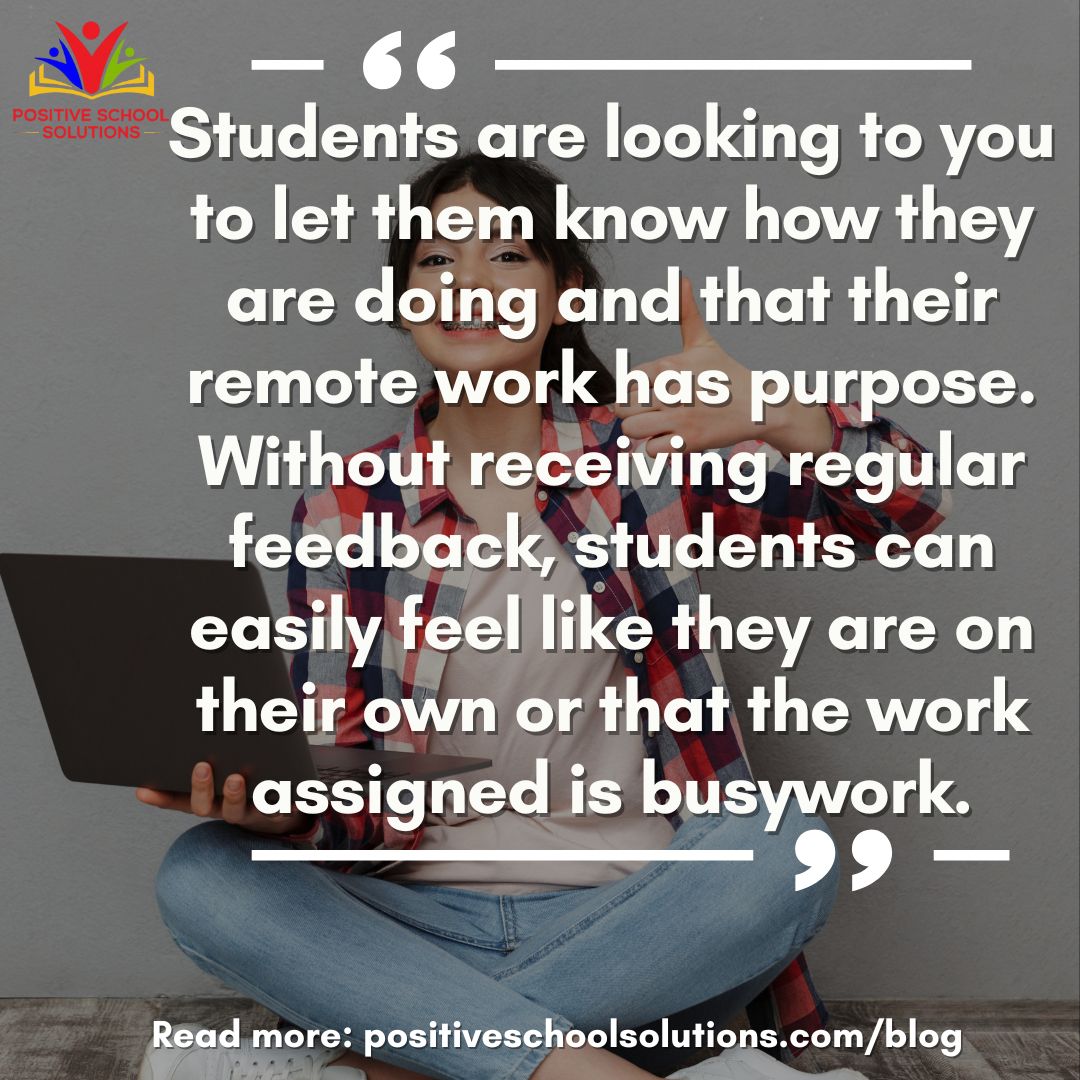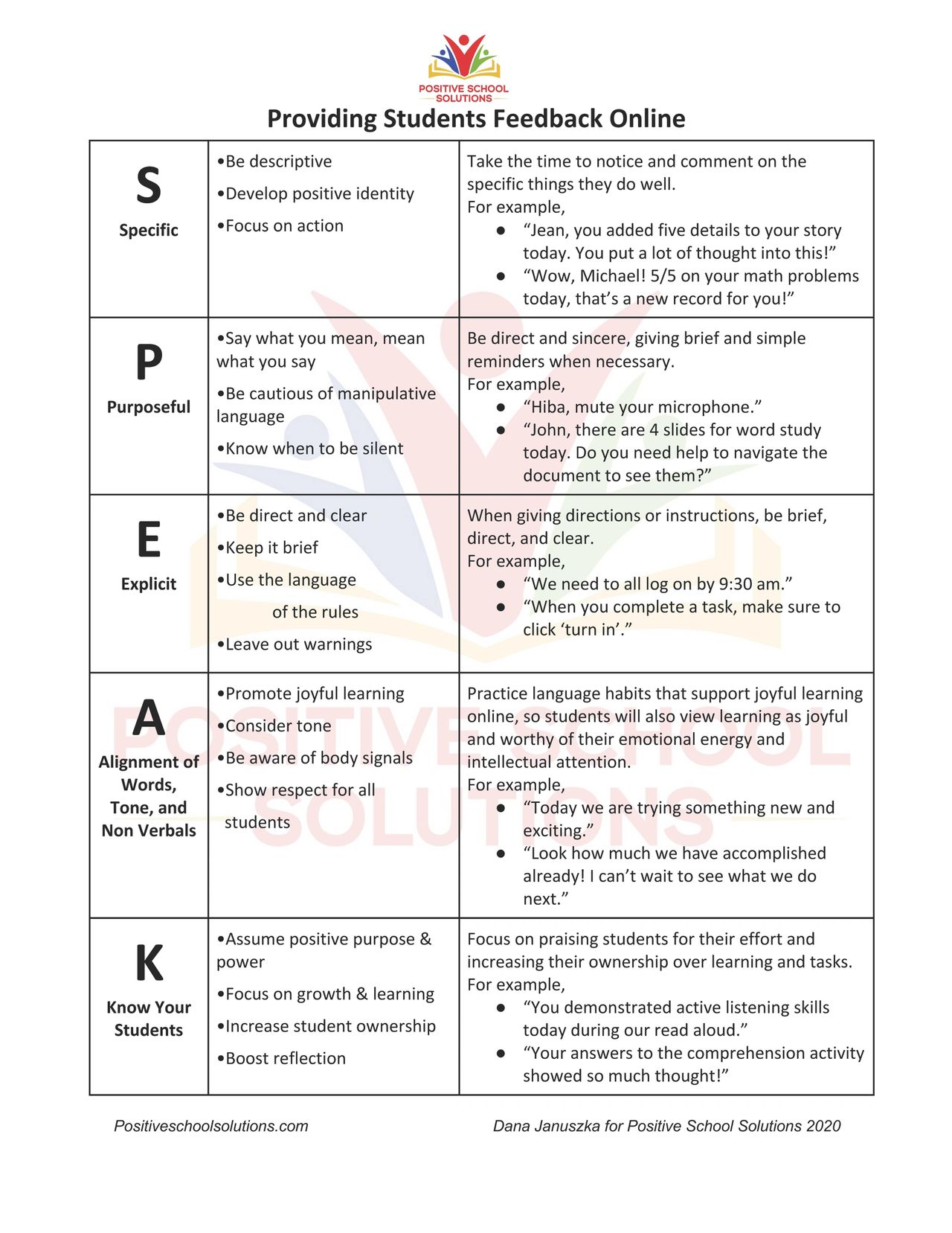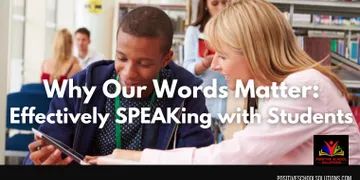 During these unprecedented times, shifting our students from in-class learning to remote learning poses many challenges. We worry about their academics: how to get information to our students, the best platforms for delivering the most effective instruction, how to keep them engaged. We worry about how our students are holding up emotionally: if they have what they need at home to survive, if they have support, and how they are feeling. All of this happened rather quickly, for all of us, and at times, the challenges we face in creating a meaningful remote learning experience can seem overwhelming.
During these unprecedented times, shifting our students from in-class learning to remote learning poses many challenges. We worry about their academics: how to get information to our students, the best platforms for delivering the most effective instruction, how to keep them engaged. We worry about how our students are holding up emotionally: if they have what they need at home to survive, if they have support, and how they are feeling. All of this happened rather quickly, for all of us, and at times, the challenges we face in creating a meaningful remote learning experience can seem overwhelming.
As author Michael Morpurgo writes, “It’s the teacher that makes the difference, not the classroom.” This is true in any type of classroom; a teacher serves as the key to engagement, motivation, and achievement. It’s simple to post an assignment for students to complete and send back. The assignment can be on target in every way and be pedagogically sound but is not guaranteed to engage nor motivate students for very long, if at all. According to a Rand study, “Teachers matter more to student achievement than any other aspect of schooling.”
During these uncertain times, maintaining a connection to a teacher has an added purpose for students, as it creates a sense of normalcy and provides a sense of safety.
One way we can maintain and strengthen our connection to our students is by giving feedback on assignments. Qualitative feedback is essential to student growth, and oftentimes, it can be forgotten when teaching remotely. Students are looking to you to let them know how they are doing and that their remote work has purpose. Without receiving regular feedback, students can easily feel like they are on their own or that the work assigned is busywork. eLearningIndustry, a network-based media and publishing company, says, “Students may disengage when there is no timely feedback, such as would occur more readily in an in-person class… constructive and specific comments, even if brief, can help instruct and encourage students.”
Feedback can come in many forms and can be given to the class as a whole, or to individual students. The guidelines for teacher language, SPEAK, applies to how we provide feedback to students in our online learning community as well. Take a minute to review the table below for some ideas on what that might look like.
 For more engaging learning around the power of Teacher Language, check out our courses, “Why Our Words Matter- Speaking Effectively with Students” available for Classroom Teachers, Special Area Teachers, and Support Staff.
For more engaging learning around the power of Teacher Language, check out our courses, “Why Our Words Matter- Speaking Effectively with Students” available for Classroom Teachers, Special Area Teachers, and Support Staff.
Written by Dana Januszka and Sarah Fillion 2020


